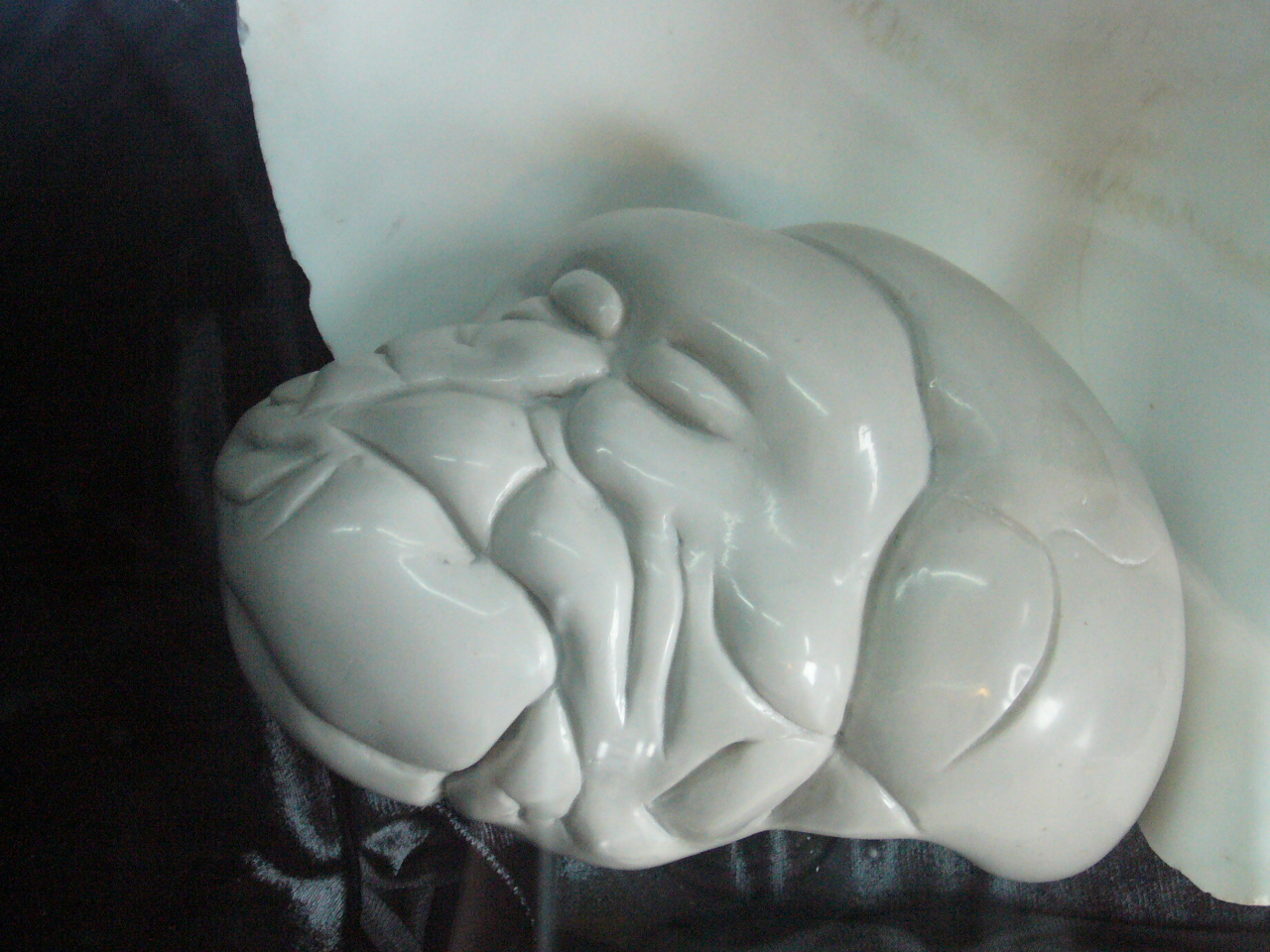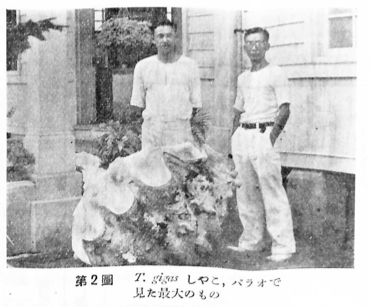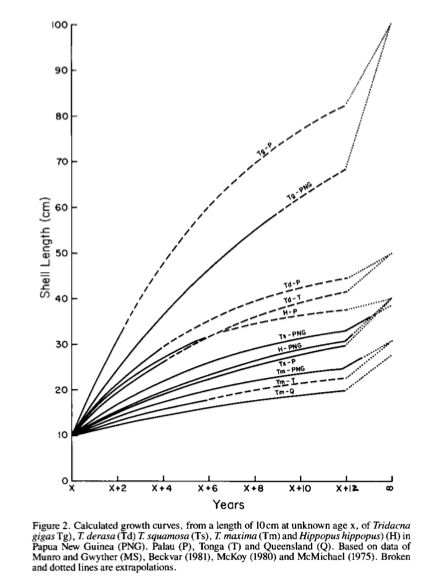Sixty million is a big number. And $60 million dollars is a LOT of money, despite only being 0.00035% of the national debt of the US.

But what if I told you that you could find a giant clam worth sixty million dollars?
A Filipino diver discovered The Pearl of Lao Tze, otherwise known as the Pearl of Allah, in May of 1934 in a Tridacna gigas clam. William Cobb brought the pearl to America, Today it is held in the probate (deceased will) inventory of Victor M. Barbish in Florida. As of 2006, the pearl has been appraised at $61,850,000.

Yes, ladies and gentlemen… THAT is a pearl. Let’s be honest, though. It sort of looks more like a dilapidated brain or a piece of age-old chewed gum. The dull chewed gum appearance of The Pearl of Allah is because the pearl is porcellaneous rather than nacreous unlike typical pearls. So why is it worth so much money?
It’s because this pearl is the largest known pearl in the world. And when it comes to gem stones, the bigger the better! The Pearl of Allah measures 24 centimeters and weighs 6.4 kilograms. Just for comparison, some of the most costly cultured pearls (with a full strand nearing $100,000 in price) are those grown in the Pinctada maxima (South Sea pearl oyster). Those pearls grow only up to 20 millimeters.
Such a large pearl can only be found in a species such as the Tridacna gigas. Usually, pearls are found in oysters, and are rarely found in clams. Oysters, because they don’t typically reach sizes over 10 cm, could never produce a pearl 24 centimeters in diameter. On the other hand, Tridacna gigas can reach over four feet in length and can weigh nearly 500 pounds!
So can we predict which Tridacna will get large and produce the largest pearls?

There have been a multitude of studies that have searched for an indicator of how large a giant clam can grow. The overarching hypothesis concerning the giant clam is that the size of the giant clam is highly dependent on its symbiotic relationship with its dinoflagellates. One study hypothesized that the number of zooxanthellae (the giant clam’s symbiotic partner) per gram of clam tissue may be the best indicator of giant clam weight. In particular, Tridacna gigas has relatively high photosynthetic rates that allow for massive growth compared to other species of giant clams (T. gigas: 8-12 cm/year, H. hippopus: 3-5 cm/year; T. squamosa: 2-4 cm/year). In another study, the amount of sunlight available to the giant clams was controlled, and clams that received the most sunlight were nearly twice the length of clams that received the least sunlight!
 Of course, we are nowhere close to being able to figure out exactly how Tridacna gigas are able to grow so much. In fact, clams that were grown in the exact same conditions often turned out to be completely different sizes. Based on this finding, some have suggested that the individual strain of zooxanthellae residing in the clams might be responsible for these growth differences. All we know at this point is that sunlight is vital to the growth of giant clams, and finding out how these clams utilize the light energy through its photosynthetic symbiosis is the big mystery to solve.
Of course, we are nowhere close to being able to figure out exactly how Tridacna gigas are able to grow so much. In fact, clams that were grown in the exact same conditions often turned out to be completely different sizes. Based on this finding, some have suggested that the individual strain of zooxanthellae residing in the clams might be responsible for these growth differences. All we know at this point is that sunlight is vital to the growth of giant clams, and finding out how these clams utilize the light energy through its photosynthetic symbiosis is the big mystery to solve.

The story of size is quickly unfurling. Be sure to check out all the other fantastic posts on this blog and to follow @ccfrankee on Twitter! Also, if you’re craving for some more amazing photos of giant clams, make sure to check out 500px!
References
http://www.thepearlmarket.co.uk/pearl-sizes.htm
Griffiths, C. and Klumpp, D. 1996. Relationships between size, mantle area and zooxanthellae numbers in five species of giant clam (Tridacnidae)
Munro, J. and Heslinga, G. Prospects for the commercial cultivation of giant clams (Bivalvia: Tridacnidae)
Beckvar, N. 1981. Cultivation, spawning, and growth of the giant clams Tridacna gigas, T. deresa, and T. squamosa in Palau, Caroline Islands
Motoda, S. 1938. On the ecology, shell form, etc., of the Tridacni.
